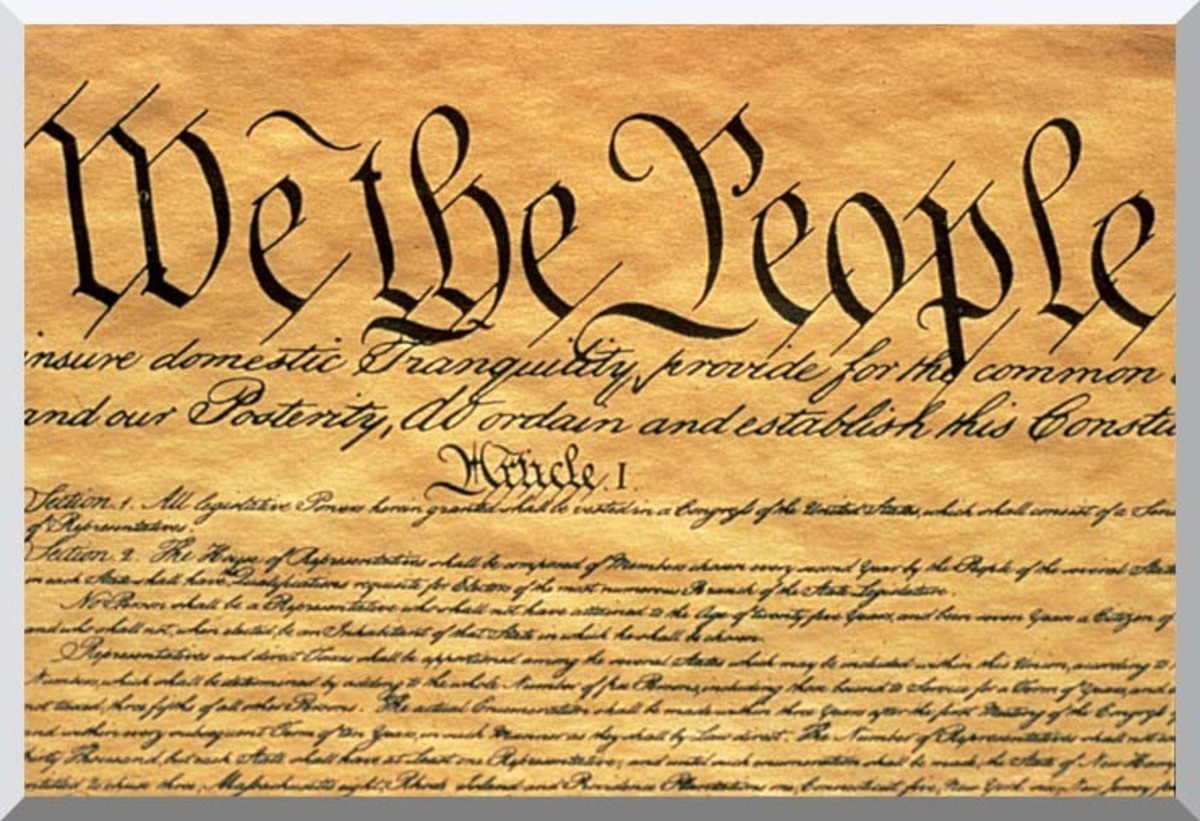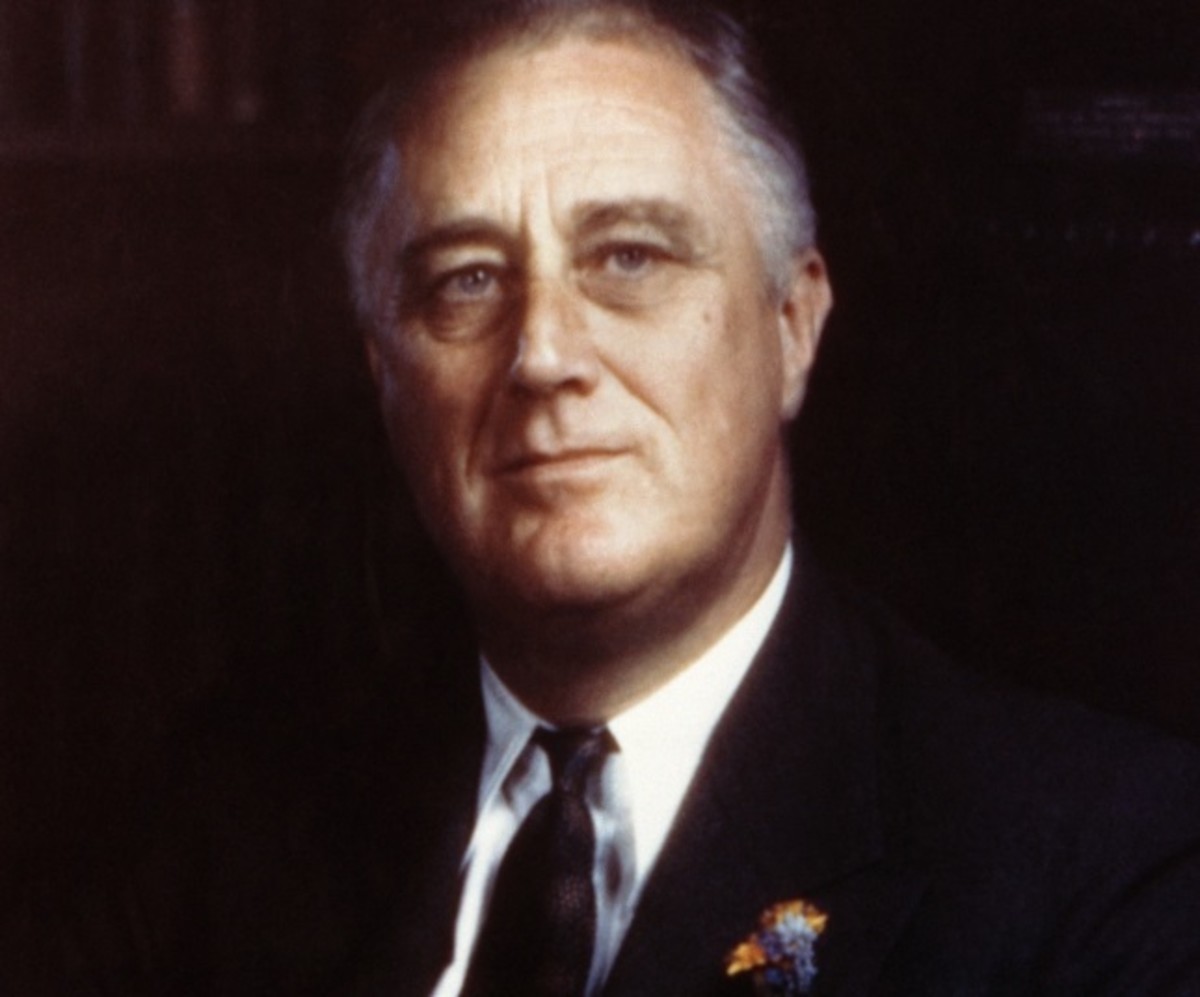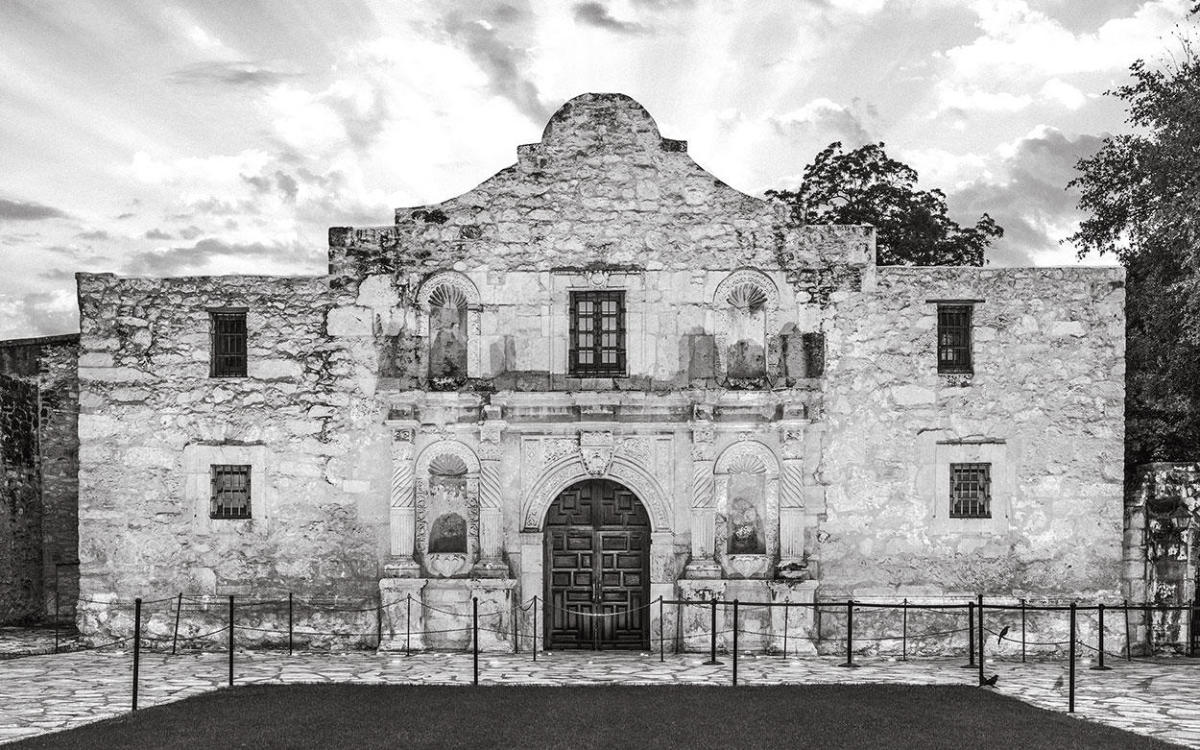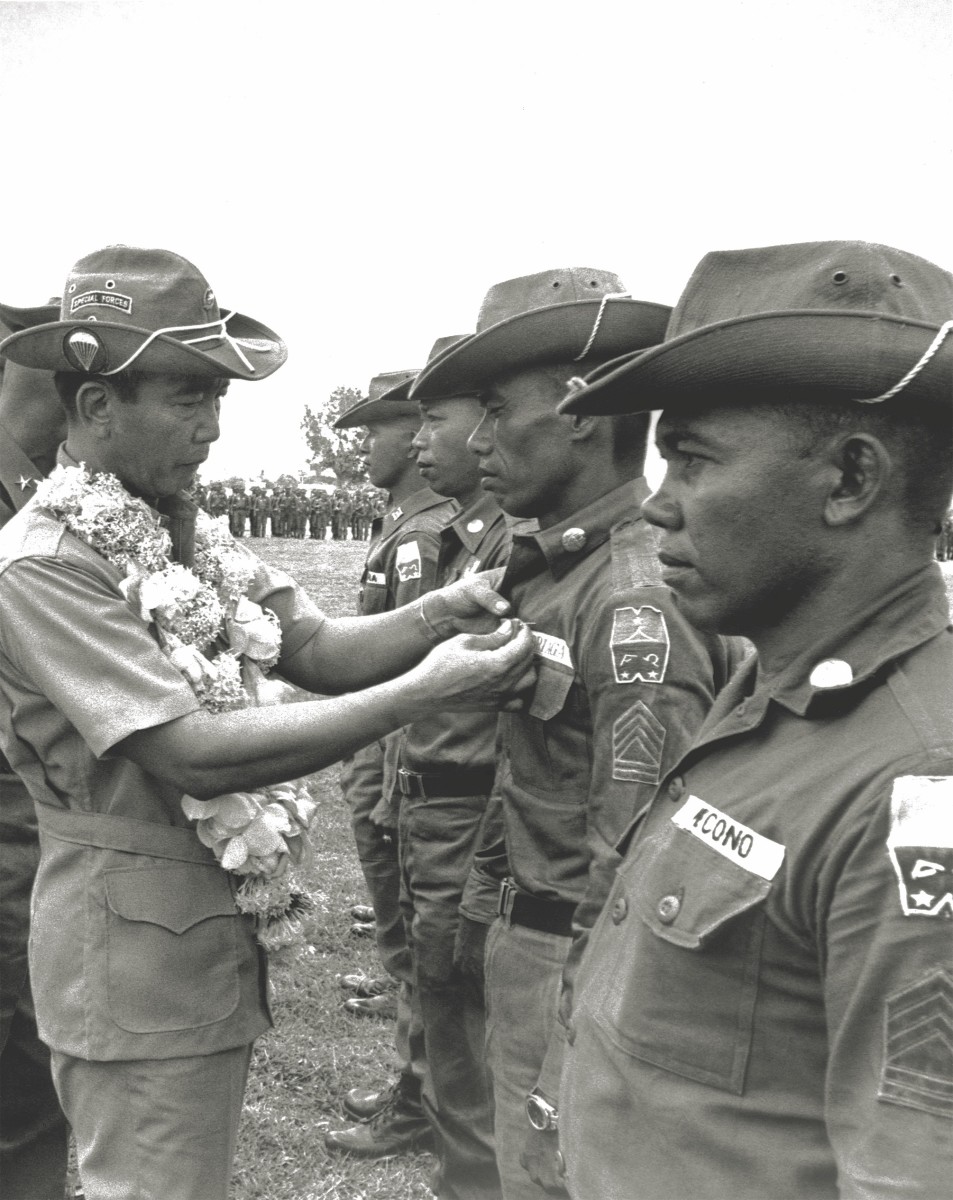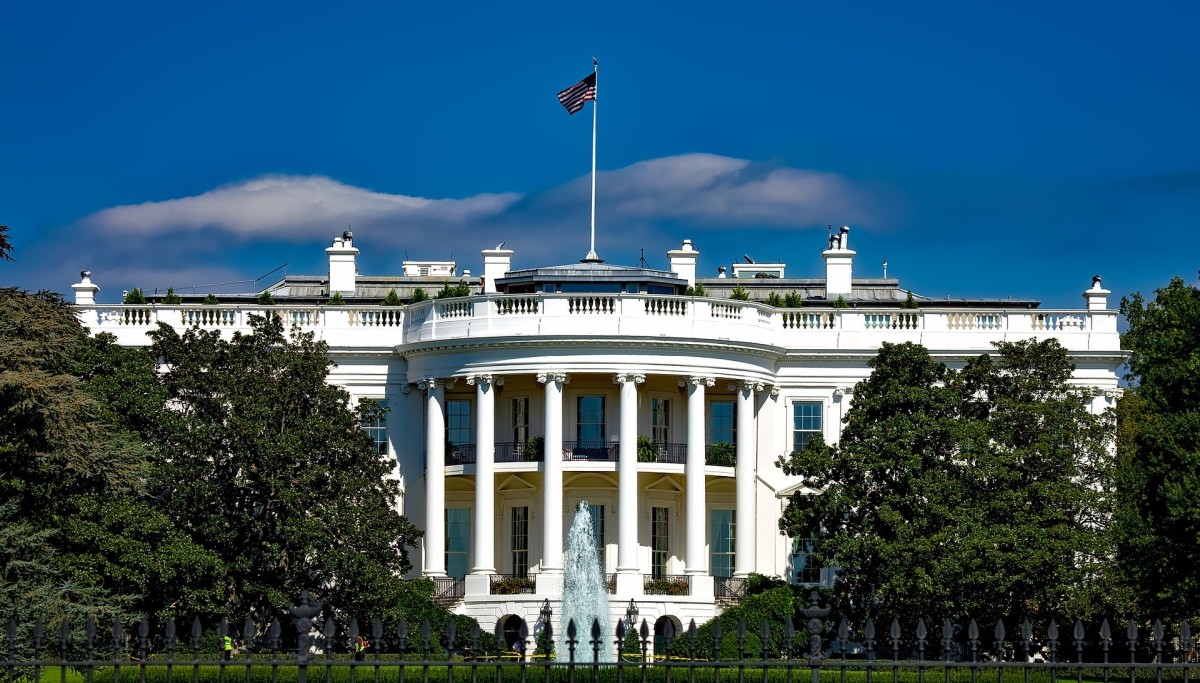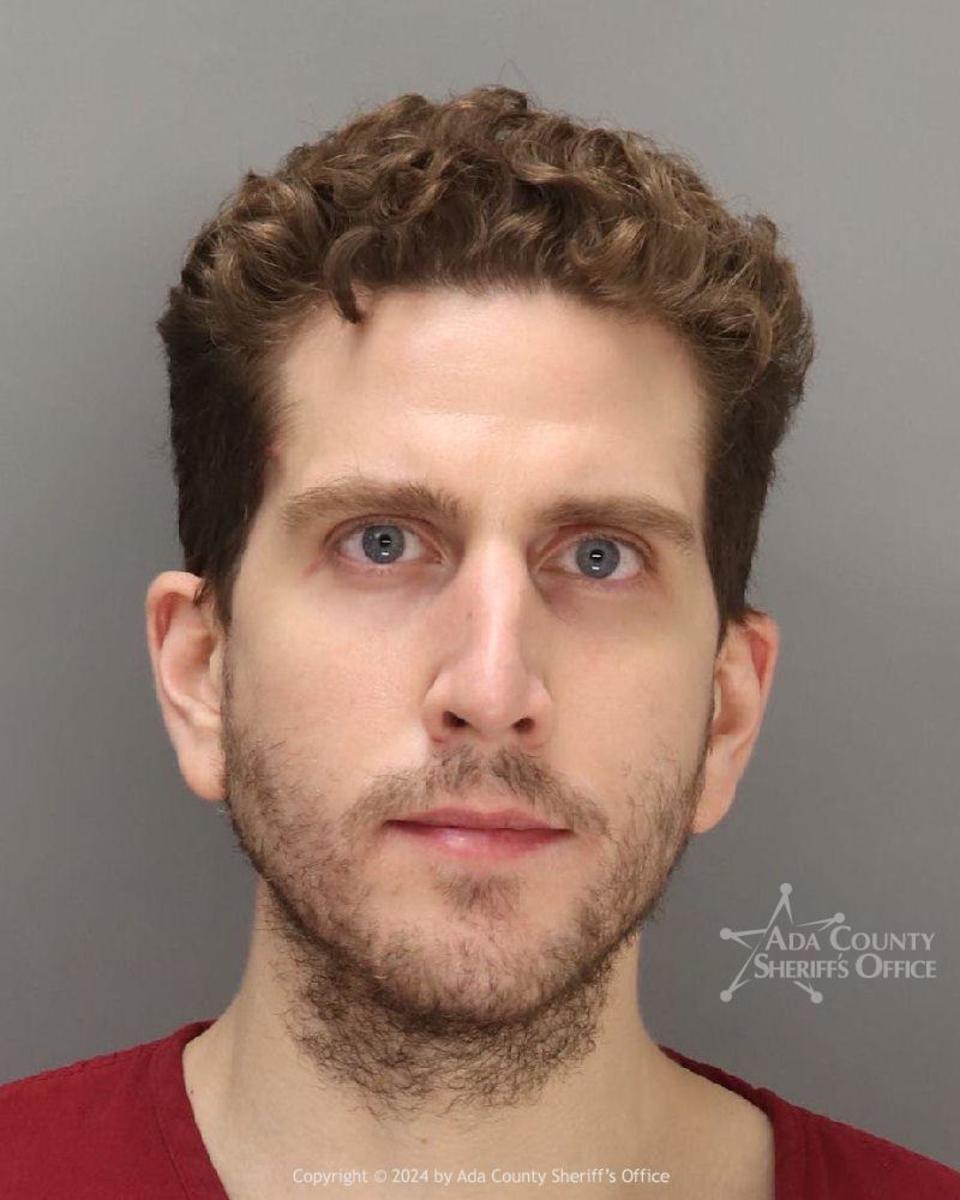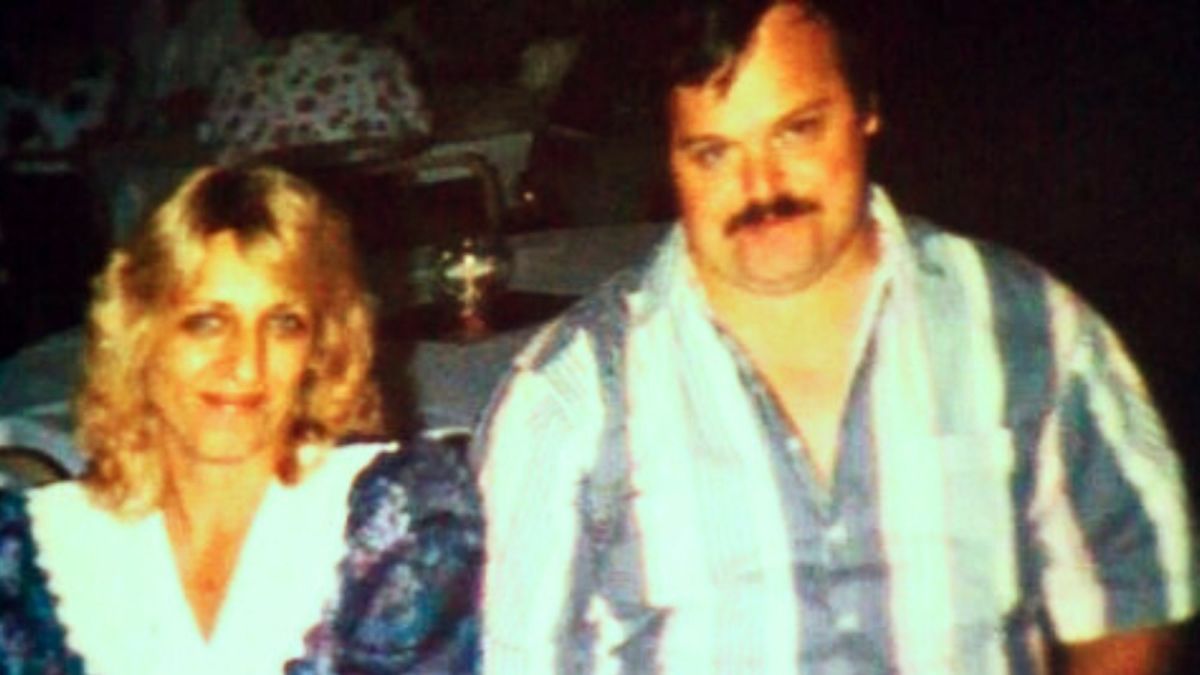Corazon Aquino
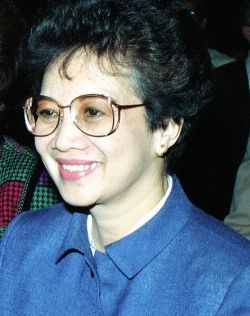
Cory Aquino - the First Female President of the Philippines
Corazon Aquino was the first woman president of the Philippines and a Nobel Peace Prize nominee. She served as the president of the Philippines from 1986 to 1992 after her bloodless "People Power" revolution led to the ouster of former ruler Ferdinand Marcos and swept Aquino into office and made her a global symbol for peace and democracy. In 1986, TIME Magazine named her Woman of the Year. She stepped down from the presidency in 1992, but continued to be active in politics. In early 2008, she announced she had colon cancer and was undergoing treatment. She died at age 76 on August 1, 2009.
(Public domain image of Corazon Aquino by Gerald B. Johnson on Wikipedia)
- I would rather die a meaningful death than to live a meaningless life.
- As I came to power peacefully, so shall I keep it.
- It is true you cannot eat freedom and you cannot power machinery with democracy. But then neither can political prisoners turn on the light in the cells of a dictatorship.
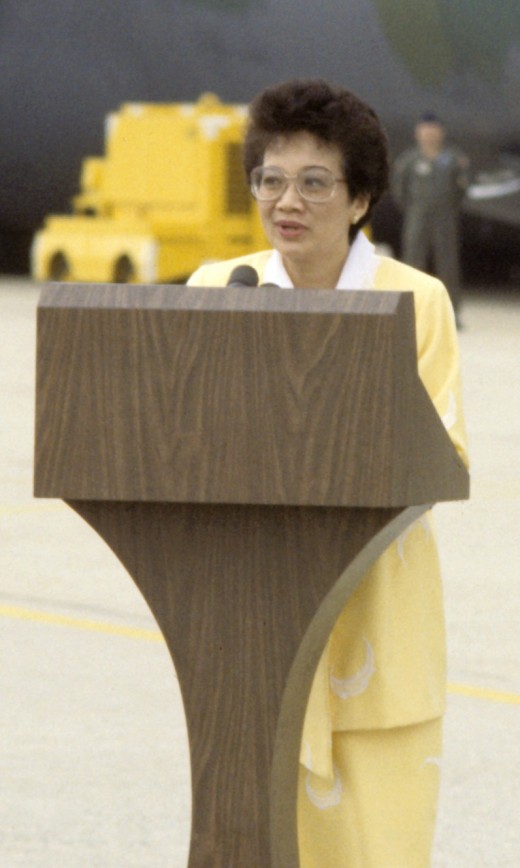
Cory Aquino Biography
Early years through marriage
Maria Corazon "Cory" Cojuangco Aquino (January 25, 1933 - August 1, 2009) was a President of the Philippines and a world-renowned advocate of democracy, peace, women's empowerment, and religious piety. She served as the 11th president of the Philippines from 1986 to 1992. She was the first female president of the Philippines and was Asia's first female president.
A self-proclaimed "plain housewife", Aquino was married to Senator Benigno Aquino, Jr. (1932-1983), a leading figure in the political opposition against the autocratic rule of President Ferdinand Marcos. After her husband was assassinated upon his return from exile in the United States on August 21, 1983, Aquino, who had no prior political experience, became a focal point and unifying force of the opposition against Marcos. She was drafted to run against Marcos in the 1986 snap presidential elections. After Marcos was proclaimed the winner despite widespread reports of electoral fraud, Aquino was installed as President by the peaceful 1986 People Power Revolution.
Early life and education
Corazon Cojuangco was born the sixth of eight children in Tarlac, a member of one of the richest Chinese-mestizo families in the Philippines. She was born to Jose Cojuangco of Tarlac and Demetria Sumulong of Antipolo, Rizal. Her ancestry was one-eighth Tagalog in maternal side, one-eighth Kapampangan and one-fourth Spanish in her paternal side, and half-Chinese in both maternal and paternal sides.
She was sent to St. Scholastica's College Manila and finished grade school as class valedictorian in 1943. In 1946, she studied high school for one year in Assumption Convent Manila. Later she was sent overseas to study in Ravenhill Academy in Philadelphia, the Notre Dame Convent School in New York, and the College of Mount Saint Vincent, also in New York. She worked as a volunteer in the 1948 United States presidential campaign of Republican Thomas Dewey against President Harry Truman. She studied liberal arts and graduated in 1953 with a Bachelor of Arts in French Language, with a minor in mathematics. She intended to become a math teacher and language interpreter.
Married life
Aquino returned to the Philippines to study law at the Far Eastern University, owned by the family of the late Nicanor Reyes, Sr., who had been the father-in-law of her older sister Josephine. She gave up her law studies when in 1954, she married Benigno Servillano "Ninoy" Aquino, Jr., the son of a former Speaker of the National Assembly. They had five children together: a son, Benigno Simeon Aquino III, who was elected to the Philippine Senate in 2007, and four daughters, Maria Elena A. Cruz, Aurora Corazon A. Abellada, Victoria Eliza A. Dee, and actress-television host Kristina Bernadette A. Yap. Aquino had initial difficulty adjusting to provincial life when she and her husband moved to Concepcion, Tarlac in 1955, after her husband had been elected the town's mayor at the age of 22. The American-educated Aquino found herself bored in Concepcion, and welcomed the opportunity for she and her husband to have dinner inside the American military facility at nearby Clark Field.
A member of the Liberal Party, Aquino's husband rose to be governor of Tarlac, and was elected to the Philippine Senate in 1967. During her husband's political career, Aquino remained a housewife who helped raise the children and played hostess to her spouse's political allies who would frequent their Quezon City home.[6] She would decline to join her husband on stage during campaign rallies, preferring instead to stand at the back of the audience in order to listen to him. Nonetheless, she was consulted upon on political matters by her husband, who valued her judgments enormously.
Benigno Aquino soon emerged as a leading critic of the government of President Ferdinand Marcos of the Nacionalista Party, and there was wide speculation that he would run in the 1973 presidential elections, Marcos then being term limited. However, Marcos declared martial law on September 21, 1972, and later abolished the 1935 Constitution, allowing him to remain in office. Aquino's husband was among those arrested at the onset of martial law, later being sentenced to death. During his incarceration, Aquino drew strength from prayer, attending daily mass and saying three rosaries a day. As a measure of sacrifice, she enjoined her children from attending parties, and herself stopped from going to the beauty salon or buying new clothes, until a priest advised her and her children to instead live as normal lives as possible.
In 1978, despite her initial opposition, Aquino's imprisoned husband decided to run the 1978 Batasang Pambansa elections. Aquino campaigned in behalf of her imprisoned husband and for the first time in her life, delivered a political speech, though she willingly relinquished having to speak in public when it emerged that her six-year old daughter Kris was more than willing to speak on stage.
In 1980, upon the intervention of United States President Jimmy Carter, Marcos allowed Senator Aquino and his family to leave for exile in the United States, where he sought medical treatment. The family settled in Boston, and Aquino would later call the next three years as the happiest days of her marriage. He returned without his family to the Philippines on August 21, 1983, only to be assassinated on the tarmac of the Manila International Airport, which was later renamed in his honor. Aquino returned to the Philippines a few days later and led her husband's funeral rites, where more than two million people were estimated to have participated, the biggest ever in Philippine history.
Source: Wikipedia: Corazon Aquino
"The only thing I can really offer the Filipino people is my sincerity." - Corazon Aquino
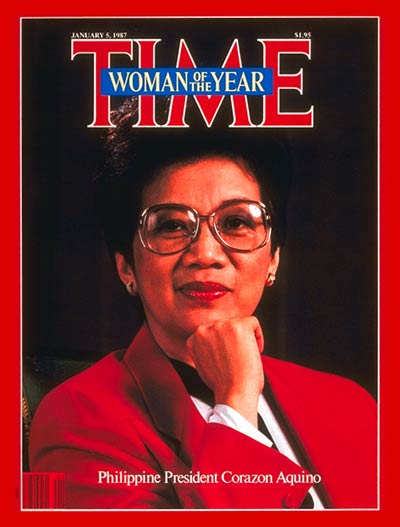
Corazon Aquino Biography
The presidential years
1986 Presidential Campaign
Aquino participated in many of the mass actions that were staged in the two years following the assassination of her husband. In the last week of November 1985, Marcos unexpectedly announced a snap presidential election to be held in February 1986. Initially, Senator Salvador Laurel of Batangas, the son of a former president, was seen as the favorite presidential candidate of the opposition, under the United Nationalists Democratic Organizations. However, business tycoon Don Joaquin "Chino" Roces was not convinced that Laurel could defeat Marcos in the polls. Roces initiated the Cory Aquino for President Movement to gather one million signatures in one week for Aquino to run as president.
Aquino was reluctant at first to run for presidency, despite pleas that she was the one candidate who could unite the opposition against Marcos. She eventually was convinced following a ten-hour meditation session at a Catholic convent. Laurel did not immediately accede to calls for him to give way to Aquino, and offered her the vice-presidential slot under his UNIDO party. Aquino instead offered to give up her affiliation with her husband's political party, the Lakas ng Bayan (LABAN), which had just merged with Partido Demokratiko Pilipino, and run under the UNIDO banner with Laurel sliding down to the vice-presidential slot. Laurel gave way to Aquino to run as President and ran as her running-mate under UNIDO as the main political umbrella of the opposition.
In the succeeding political campaign, Marcos charged that Aquino was being supported by communists and agreed to share power with them, to which she responded that she would not appoint one to her cabinet. Marcos also accused Aquino of playing "political football" with the United States with respect to the continued United States military presence in the Philippines at Clark Air Base and Subic Naval Base. Marcos also derided Aquino as "just a woman" whose place was in the bedroom.
The elections held on February 7, 1986 were marred by the intimidation and mass disenfranchisement of voters. Election day itself and the days immediately after were marred by violence, including the murder of one of Aquino's top allies, Antique governor Evelio Javier. While the official tally of the Commission on Elections (COMELEC) consistently showed Marcos in the lead, the unofficial tally of the National Movement for Free Elections indicated that Aquino was leading. Despite the job walkout of 30 COMELEC computer technicians alleging election-rigging in favor of Marcos, the Batasang Pambansa, controlled by Marcos allies, ratified the official count and proclaimed Marcos the winner on February 15, 1986. The country's Catholic bishops and the United States Senate condemned the election, and Aquino called for a general strike and a boycott of business enterprises controlled by Marcos allies. She also rejected a power-sharing agreement proposed by the American diplomat Philip Habib, who had been sent as an emissary by U.S. President Ronald Reagan to help defuse the tension.
Installation as President
On February 22, 1986, the People Power Revolution was triggered after two key Marcos allies, Defense Minister Juan Ponce Enrile and Armed Forces Vice-Chief of
Staff Fidel Ramos called on Marcos to resign and holed up in two military camps in Quezon City. Aquino, who was in Cebu City when the revolt broke out, returned to Manila and insisted on joining the swelling crowd that had gathered outside the camps as a human barricade to protect the defectors. On the morning of 25 February 1986, at the Club Filipino in San Juan, Aquino took the presidential oath of office administered by Supreme Court Associate Justice Claudio Teehankee. Marcos himself was sworn into office at Malacañang Palace on that same day, but fled into exile later that night.
Presidency
The relatively peaceful manner by which Aquino assumed the presidency through the EDSA Revolution won her widespread international acclaim as an icon of democracy. She was selected as Time Magazine's Woman of the Year in 1986. She was also nominated to receive the Nobel Peace Prize but lost to Elie Wiesel also in 1986. In September 1986, Aquino delivered a speech before a joint session of the United States Congress which was interrupted by applause several times, and which then U.S. House Speaker Tip O'Neill hailed as "the finest speech I've ever heard in my 34 years in Congress." Above the din of cheering officials, Senate Majority Leader Robert Dole said to Mrs. Aquino, "Cory, you hit a home run." Without missing a beat, Aquino smiled and shot back: "I hope the bases were loaded."
The six-year administration of President Aquino saw the enactment of a new Philippine Constitution and several significant legal reforms, including a new agrarian reform law. While her allies maintained a majority in both houses of Congress, she faced considerable opposition from communist insurgency and right-wing soldiers who instituted several coup attempts against her government. Her government also dealt with several major natural disasters that struck the Philippines, as well as a severe power crisis that hampered the Philippine economy. It was also during her administration that the presence of United States military bases in the Philippines came to an end.
Source: Wikipedia: Corazon Aquino
1986 - Eleanor Roosevelt Human Rights Award
1986 - United Nations Silver Medal
1986 - Canadian International Prize for Freedom
1986 - Nobel Peace Prize nominee
1986 - International Democracy Award from the International Association of Political Consultants
1987 - Prize For Freedom Award from Liberal International
1993 - Special Peace Award from the Aurora Aragon Quezon Peace Awards Foundation and Concerned Women of the Philippines
1994 - One of 100 Women Who Shaped World History (by G.M. Rolka, Bluewood Books, San Francisco, CA)
1995 - Path to Peace Award
1996 - J. William Fulbright Prize for International Understanding from the U.S. Department of State
1998 - Ramon Magsaysay Award for International Understanding
1998 - Pearl S. Buck Award
1999 - One of Time Magazine's 20 Most Influential Asians of the 20th Century
2001 - World Citizenship Award
2005 - David Rockefeller Bridging Leadership Awards
2005 - One of the World's Elite Women Who Make a Difference by the International Women's Forum Hall of Fame
2006 - One of Time Magazine's 65 Asian Heroes
2008 - One of A Different View's 15 Champions of World Democracy
Source:Wikipedia
Cory Aquino's Speech to the US Congress
World Leaders React to News of Corazon Aquino's Death
"Cory Aquino helped lead a revolution that restored democracy and the rule of law to our nation at a time of great peril. Our nation will mourn her passing." - Philippines President Gloria Macapagal Arroyo
"Today our country has lost a mother." - former Philippines President Joseph Estrada
"Her courage, determination, and moral leadership are an inspiration to us all and exemplify the best in the Filipino nation." - US President Barack Obama
What do you think of Corazon Aquino?

Who's Your Hero?
Make a page on your favorite person or topic and make money
If you'd like to make a page like this and make some money by writing about your favorite topics, sign up and start turning your passion into profit.
You're Supporting the Acumen Fund
If you buy something from this page, you'll be helping to support The Acumen Fund, a nonprofit organization working to solve global poverty.
Share your opinion of Cory Aquino or just say hi.

